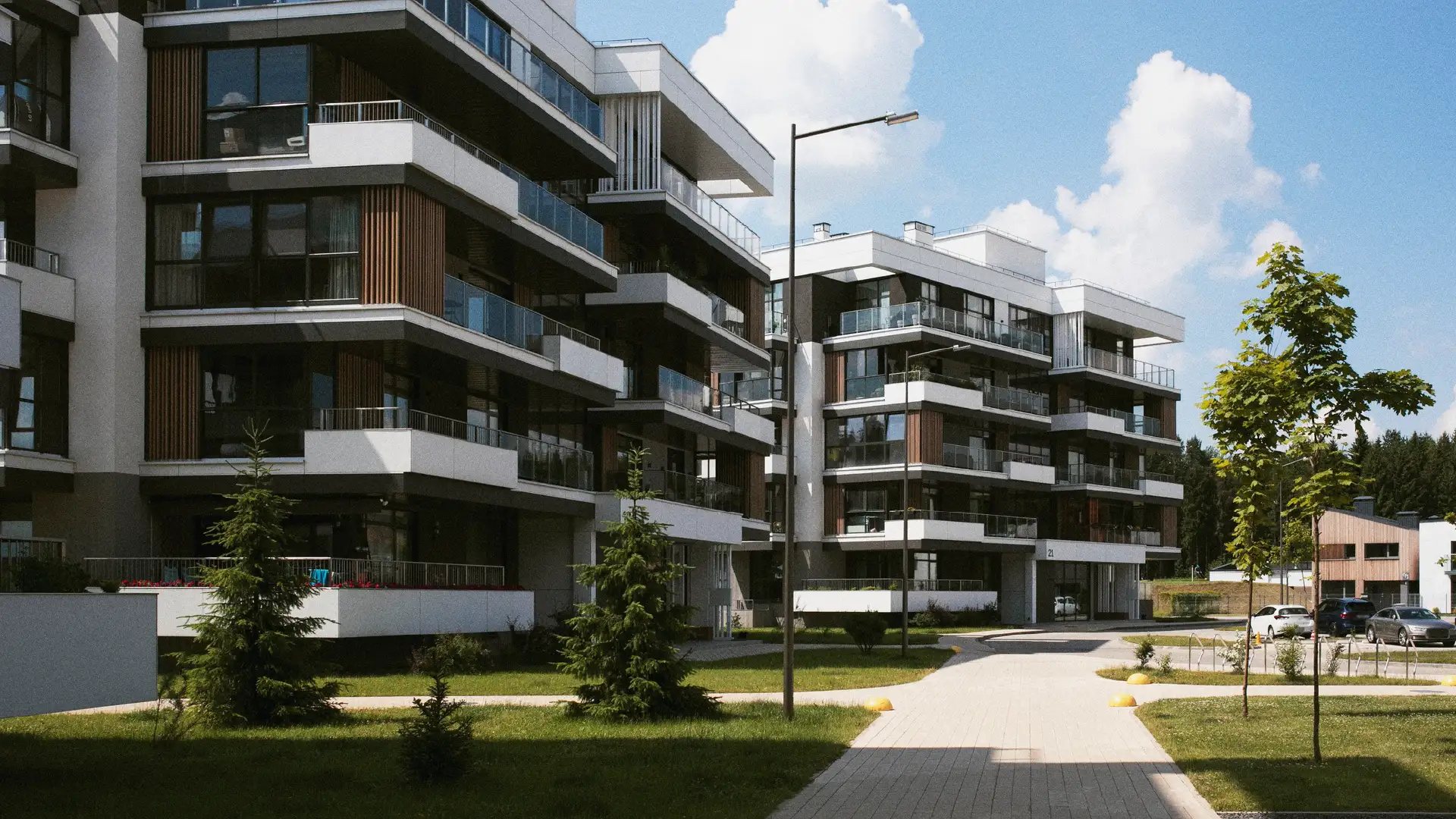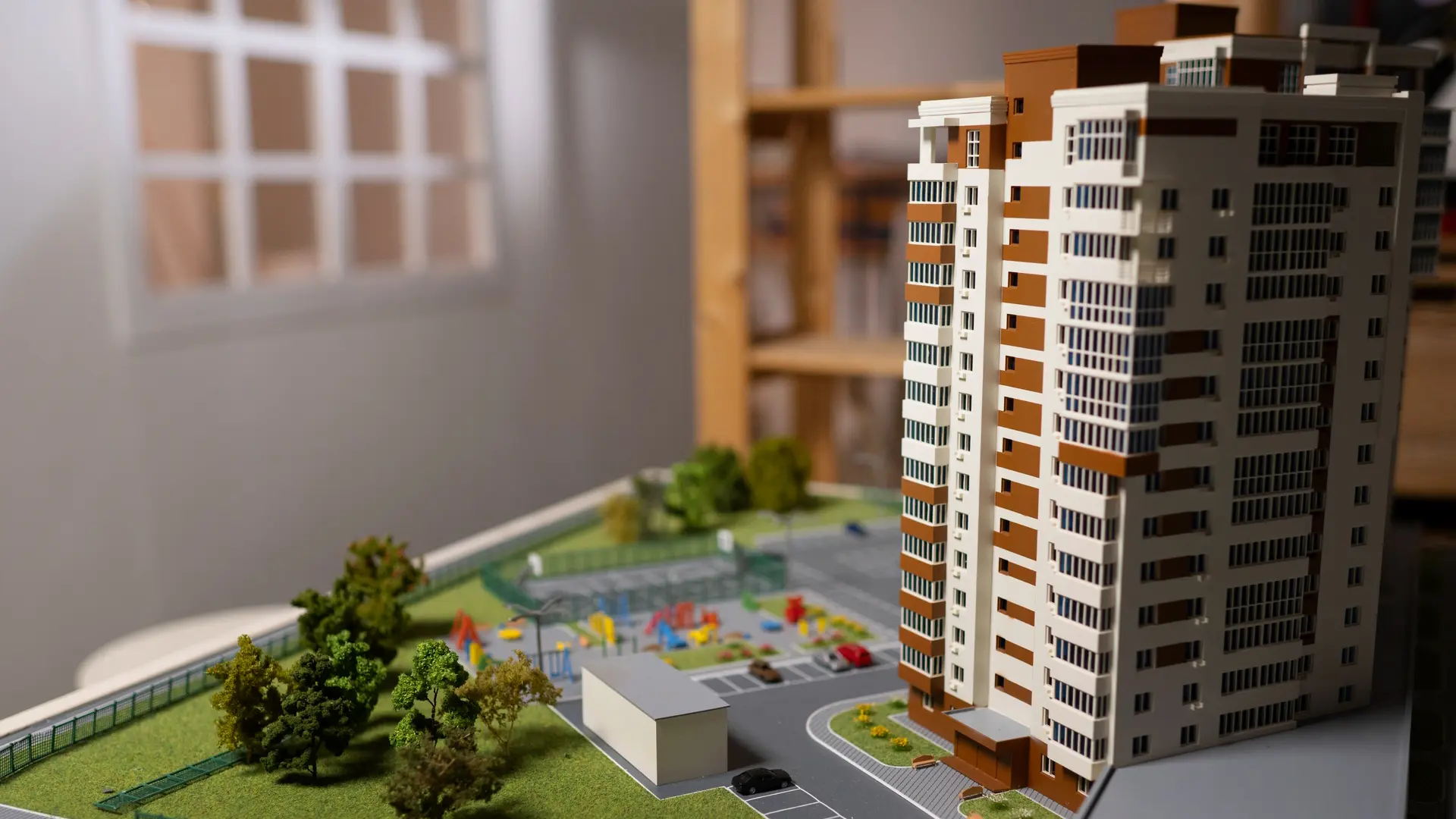Goa, a coastal paradise renowned for its pristine beaches, vibrant culture, and laid-back lifestyle, has been a magnet for travelers from around the globe. However, Goa’s allure extends beyond its tourist attractions. The thriving tourism industry has significantly impacted Goa’s real estate market, transforming it into a sought-after investment destination. This article explores the intricate relationship between tourism and Goa’s real estate, examining its historical evolution, current trends, and future prospects.
A Look Back: The Rise of Tourism in Goa
Goa’s journey as a tourist destination began in the 1960s and 1970s when it emerged as a haven for the counter-culture movement. Attracted by its pristine beaches, relaxed atmosphere, and affordability, hippies from the West flocked to Goa, particularly to Anjuna Beach, which became famous for its full moon parties and fusion of Eastern and Western cultures1.
However, Goa’s appeal wasn’t limited to its natural beauty. The state boasts a rich Indo-Portuguese cultural heritage, evident in its cuisine, folk dances, historical monuments, and cultural events like the Goa Carnival and the Shigmo festival. This unique blend of natural beauty and cultural richness attracted a wider range of tourists, including domestic travelers and international visitors seeking a diverse and enriching experience. The return of the Goan diaspora and the rise of leisure travel among the Indian middle class further contributed to Goa’s growing popularity.
By the 1980s and 1990s, Goa had solidified its position as a global tourist destination. Recognizing the economic potential of tourism, the state government invested in infrastructure and promotional campaigns. Iconic events like the Goa Carnival and the Feast of St. Francis Xavier attracted large numbers of tourists1. Today, Goa continues to draw a diverse range of visitors, including those seeking beachside relaxation, water sports enthusiasts, pilgrims visiting religious sites, individuals choosing Goa as their home, and those attending seminars and conferences.
Goa Tourism Today: A Snapshot
Goa remains a popular tourist destination, attracting millions of visitors annually. In 2022, the number of foreign tourists visiting Goa was 174,800. While the COVID-19 pandemic impacted international tourism, with foreign tourist arrivals dropping to 22,128 in 2021, the industry is steadily recovering. In 2023, foreign tourist arrivals increased by 160% year-on-year, reaching 450,000. Domestic tourism has also witnessed a resurgence, with over 8 million domestic visitors in 2023, surpassing pre-pandemic figures.
Despite this positive trend, Goa’s tourism industry faces challenges. Concerns have been raised about rising costs, harassment by local taxi operators, and a perceived decline in infrastructure and the quality of tourism offerings compared to competing destinations like Sri Lanka and Vietnam. These challenges highlight the need for ongoing efforts to improve infrastructure, address concerns about tourist experiences, and maintain Goa’s competitiveness as a tourist destination.
The Impact of Tourism on Goa’s Real Estate
The influx of tourists has had a profound impact on Goa’s real estate market. The demand for accommodation, particularly in tourist hotspots, has surged, leading to increased property prices and rental yields. This has attracted a diverse range of investors, from those seeking holiday homes and rental income to those looking for long-term capital appreciation.
Increased Demand and Rising Prices
Tourism is a primary driver of demand in Goa’s real estate market. The constant flow of tourists creates a need for vacation rentals and hospitality properties. This demand is further fueled by the rise of remote work, with professionals seeking scenic and relaxed environments like Goa. Notably, India’s wealthy and affluent are increasingly investing in premium properties in Goa as part of a lifestyle upgrade, contributing to the growing demand for luxury homes.
This high demand, coupled with limited supply, has resulted in a steady appreciation in property prices. In prime locations near beaches and tourist hotspots, prices have been rising between 10-15% annually. The average price for residential properties in areas like Panaji, Calangute, and Candolim ranges from INR 7,000 to 15,000 per square foot.
Specifically, capital values for villas in Goa have seen significant increases. In Grade A locations like Anjuna, Arpora, Baga, and Calangute, villa prices increased by 22% in FY 2024-2023, with average capital rates reaching around ₹25,504 per sq ft in Q2 2024. In Grade B locations like Aldona, Moira, and Panjim, villa prices increased by 30% during the same period, with average rates reaching around ₹22,410 per sq ft in Q2 2024.
Popular Property Types
The types of real estate popular with tourists in Goa are diverse, catering to a variety of needs and preferences. It’s important to align the choice of property type with individual investment goals and lifestyle preferences. Here’s a closer look at some of the most sought-after options:
| Property Type | Description | Key Features | Popular Locations |
|---|---|---|---|
| Luxury Villas | Premium properties offering privacy and high-end amenities | Spacious living areas, private pools, landscaped gardens, often with sea views | North Goa (e.g., Assagao, Anjuna, Siolim), South Goa (e.g., Palolem, Agonda) |
| Apartments | More affordable options for comfortable accommodation | Varying sizes and configurations, often with modern amenities | Coastal towns and cities (e.g., Calangute, Candolim, Panaji, Margao) |
| Beachfront Properties | Highly sought-after properties with direct beach access | Prime locations, stunning views, high rental potential | Coastal areas throughout Goa (e.g., Calangute, Baga, Palolem) |
| Heritage Properties | Portuguese-era villas with unique charm | Historical architecture, potential for restoration and renovation | Panjim, Margao, and other areas with historical significance |
| Gated Communities | Secure and well-maintained communities | Modern amenities, shared facilities, sense of community | Porvorim, Mapusa, and other developing areas |
Affordable Housing Concerns
While tourism has fuelled the growth of Goa’s real estate market, it has also raised concerns about the availability of affordable housing for locals. The increasing property prices, driven by tourist demand and investment, make it challenging for locals to afford homes, potentially leading to displacement and social changes. The rise of short-term rentals through platforms like Airbnb further exacerbates this issue by reducing the availability of long-term rental properties and driving up rental costs.
Environmental Impact
The environmental impact of tourism on Goa is a significant concern. Overcrowded beaches, unregulated construction, and improper waste disposal threaten the state’s fragile ecosystems. Coastal erosion is a growing problem, impacting both the landscape and marine habitats. The rapid and uncontrolled growth of coastal tourism has led to the loss of biodiversity, erosion of sand dunes, declining fish catches, and depletion of groundwater.
Sustainable Tourism in Goa
Recognizing the importance of balancing economic growth with environmental protection, Goa is increasingly focusing on sustainable tourism practices. Green hospitality is a key aspect of this approach, with many resorts and hotels adopting eco-conscious practices such as water and energy conservation, waste reduction, and the use of renewable energy sources.
Goa has also launched a ground-breaking model for regenerative tourism, aiming to redefine the tourism industry by promoting environmental restoration, cultural preservation, and community empowerment. This model emphasizes four paths: spirituality, indigeneity, civilizational and cultural nationalism, and conscious tourism. By embracing these paths, Goa seeks to create a more sustainable and responsible tourism industry that benefits both the environment and local communities.
Positive and Negative Impacts: A Balanced View
Tourism’s impact on Goa’s real estate market is multifaceted, with both positive and negative aspects.
Positive Impacts:
- Economic Growth: Tourism drives economic growth by creating jobs and generating revenue.
- Infrastructure Development: Tourism encourages investment in infrastructure, including roads, airports, and amenities.
- Increased Property Values: Tourism contributes to the appreciation of property values, benefiting investors.
- Job Creation: The tourism and real estate sectors create numerous employment opportunities for locals.
Negative Impacts:
- Environmental Degradation: Tourism can lead to pollution, deforestation, and damage to ecosystems.
- Affordable Housing Issues: Rising property prices can make housing unaffordable for locals.
- Strain on Resources: Tourism puts pressure on resources like water and electricity.
- Social and Cultural Changes: Tourism can lead to the commercialization of culture and potential displacement of local communities.
The Future of Goa’s Real Estate Market
The future of Goa’s real estate market appears promising, with continued growth expected. Factors contributing to this positive outlook include:
- High Rental Yields: Goa’s popularity as a tourist destination ensures strong demand for rental properties.
- Improved Connectivity: Infrastructure developments, such as the new Mopa International Airport, enhance accessibility and boost property values.
- Growing Interest in Eco-Conscious Homes: There is a rising trend of eco-friendly and sustainable properties in Goa, attracting environmentally conscious buyers.
- Shifting Demand Dynamics: The demand for higher-end properties, including luxury villas and premium apartments, is increasing.
- Millennial Investors: Millennials are increasingly investing in Goa’s real estate, particularly in villa properties, due to remote work flexibility and attractive rental yields.
However, challenges remain, including the need to balance development with environmental protection and ensure the availability of affordable housing for locals.
The Role of Government Policies
The government plays a crucial role in regulating the impact of tourism on Goa’s real estate market. Some key policy initiatives include:
- Increasing Minimum Land Prices: The government has increased minimum land prices in certain areas to align with market trends and generate revenue.
- Promoting Affordable Housing: The government is implementing affordable housing projects to cater to the needs of the local population.
- Incentives for Developers: The government offers incentives to developers, including fast-track approvals and tax benefits, to encourage investment.
- Sustainable Tourism Initiatives: The government is promoting sustainable tourism practices to minimize the environmental impact.
Conclusion
Tourism has undeniably shaped Goa’s real estate market, driving demand, increasing property values, and creating investment opportunities. While the industry brings economic benefits and contributes to infrastructure development, it also presents challenges related to affordability, environmental sustainability, and social impact.
The future of Goa’s real estate market hinges on finding a delicate balance between economic growth, environmental protection, and the well-being of local communities. Sustainable tourism practices, responsible development, and government policies that address affordable housing concerns are crucial for ensuring the long-term health of both the tourism industry and the real estate market in Goa. As Goa continues to evolve as a tourist destination and investment hub, a focus on sustainability and community well-being will be essential for creating a thriving and equitable future for all stakeholders.



